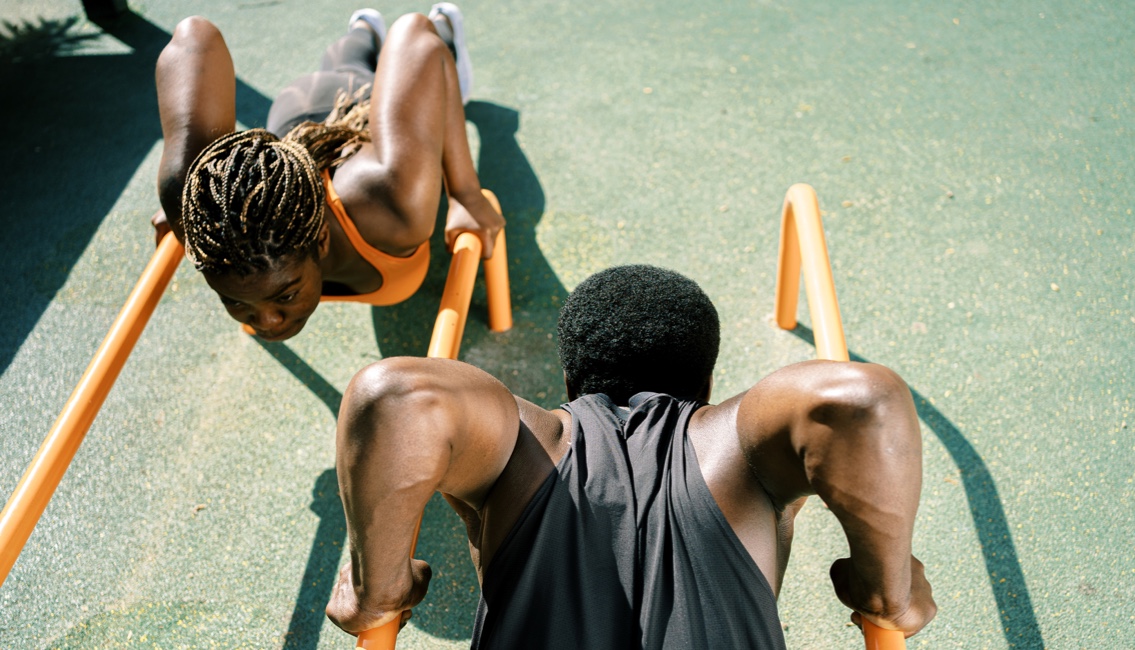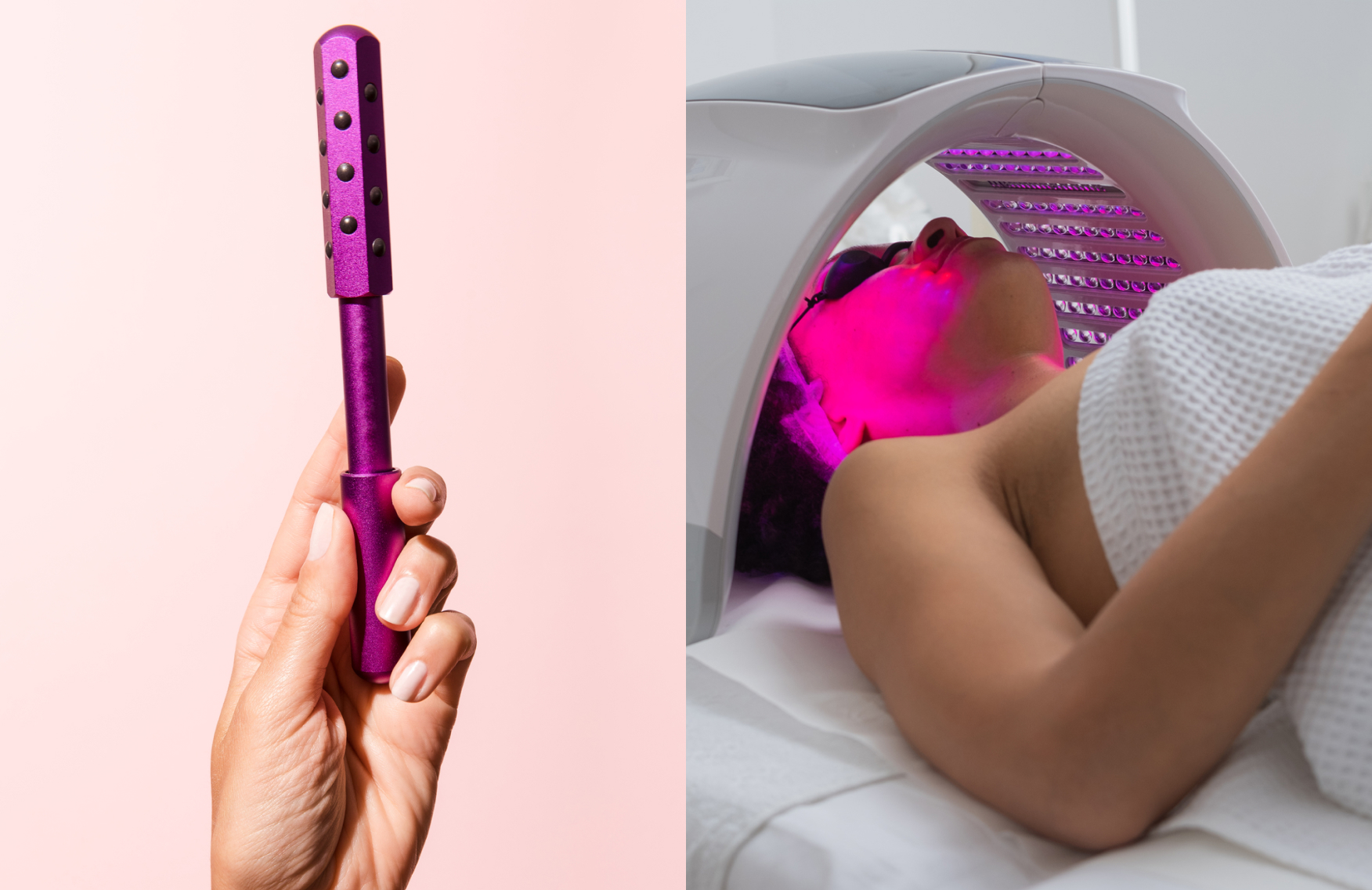Want to maximize your workouts in the new year? Why you need active recovery (it’s really a thing!), according to this A-list trainer

Edited and updated January 2022.
New Year’s resolution to start working out? Already a hardcore cardio devotee? Either way, you might think all the magic happens in the high intensity training zone. But more and more, fitness experts are discovering that how you recover from a workout is just as important as your time spent breaking a sweat. Meet active recovery, your new secret weapon for better and stronger workouts, reduced muscle pain and long-lasting results.
What’s active recovery?
To answer that, we went straight to celebrity trainer (she’s trained the likes of Beyoncé, David Beckham and Jay-Z) and cofounder of remote fitness club AARMY, Angela Manuel-Davis. “Active recovery is low-impact training that focuses on less intense movements to promote mobility, circulation and balance out your nervous system.”
Yoga guru and celebrity trainer Kirschen Katz adds, “it’s usually done immediately following a vigorous workout session and meant to counterbalance the intense training that typically makes you break a sweat, including running on a treadmill or using a rowing machine.”
I’m in! How do I do it?
The first step is figuring out your personal maximum heart rate. “To get that number, subtract 220 minus your age in years,” Beverly Hills-based rheumatology specialist, Dr. David Hallegua advises. “The goal is to find an activity that’s low-intensity and keeps your heart rate at 30-60% of your personal maximum,” Katz says.
Next up is finding an active recovery exercise you enjoy. Katz’s recommendation? “Try anything low impact that you like doing! Stretching, yoga, swimming, hiking, foam-rolling, biking slowly, bodyweight exercises or even a walk through the neighborhood are all great options,” Katz says.
The long and short-term benefits.
The main benefit, according to Dr. Hallegua, “is that you improve blood flow to those muscles and are even better prepared for the next day of active exercise.” The science behind it is simple: “Let’s say you work out intensely three to five times a week. On the days you don’t workout, if you don’t do some sort of low-level activity, you tend to hurt more because there’s a buildup of lactic acid from anaerobic glycolysis, which is the breakdown of glucose for energy,” Dr. Hallegua adds.
In terms of legitimacy, Katz draws from her more than 20 years as a fitness trainer: “Being an athlete myself, I think of active recovery training as helpful in supporting the muscles healing from the rigor of intense exercise,” she says, adding that it’s necessary as it supports “efficiency in our training and minimizing the chance of injury.”
Manuel-Davis also argues that active recovery is essential. “These types of exercises promote your body’s ability to rebuild after an intense workout,” she says. “Doing active recovery will aid your body’s longevity and up both your physical and mental capacity to reach your full potential.” Still unsure about adding active recovery into your routine? Here’s our bottom line: if it’s good enough for Bey, it’s good enough for us.


